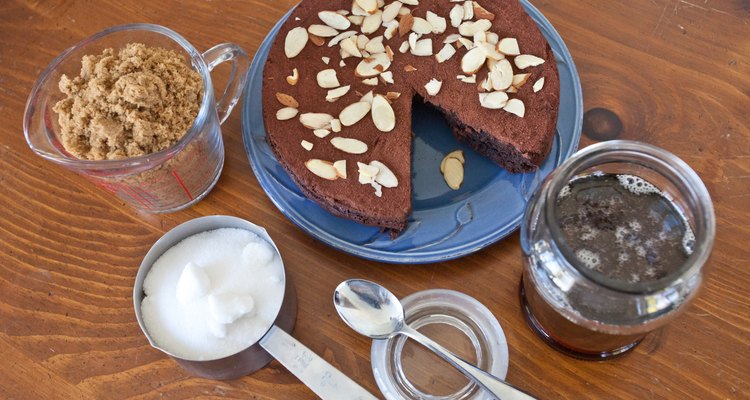
Sweet treats are a guilty pleasure for many health-conscious diners, but you can replace refined sugar with a healthier sweetener to keep the pleasure while reducing the guilt. Agave nectar provides an appealing substitute, with a glycemic index several times lower than that of conventional sugar. Its flavor is pleasantly neutral, compared to those of other alternative sweeteners such as honey and maple syrup, increasing its versatility. It's not a direct substitute for sugar, though, so you'll need to make a few adjustments.
The Basic Substitution
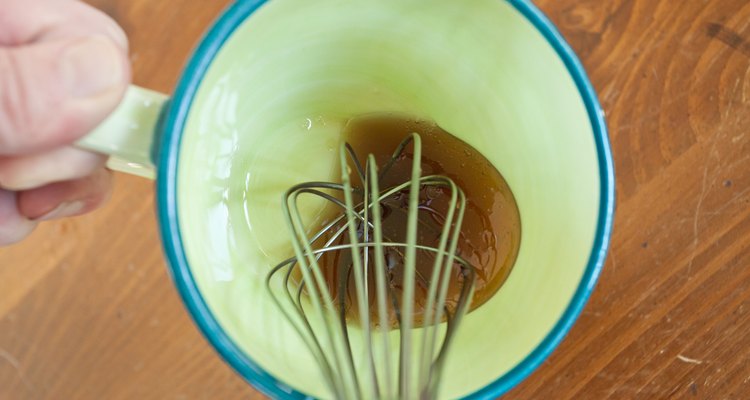
Agave nectar is significantly sweeter than sugar, so in most recipes you won't use as much by volume. The standard substitution is 2/3 cup of agave nectar for every cup of sugar your recipe calls for, though you can increase or decrease it slightly if needed. You can't "cream" agave into butter or shortening as you do with sugar. Instead, beat the fat until very light and fluffy and then add your agave in a thin stream until it's thoroughly incorporated. Alternatively, whisk it thoroughly into the liquid ingredients before combining them with your dry ingredients. If the agave isn't well incorporated into your batter, it can give your goods a disconcertingly crusty surface.
Some Necessary Tweaks
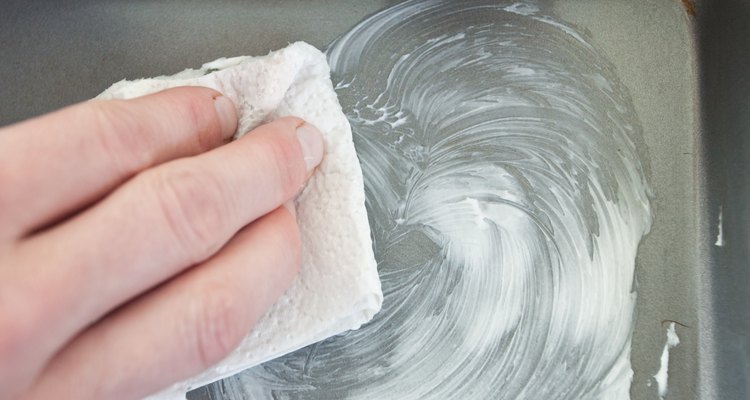
Since sugar is a dry sweetener and agave nectar is a liquid sweetener, you'll need to make a few additional tweaks to your recipe. In cakes, breads and other mixtures with liquid ingredients, cut back the liquids by 1/4 cup for every 2/3 cup -- the equivalent of a cup of sugar -- you use. In cookies and other recipes that don't have liquids to cut, add flour instead until you reach the correct texture. Grease your pans liberally or line them with parchment paper, because agave-sweetened goods are prone to sticking. They also brown more quickly, so reduce your oven temperature or baking time as needed.
Replacing Brown Sugar
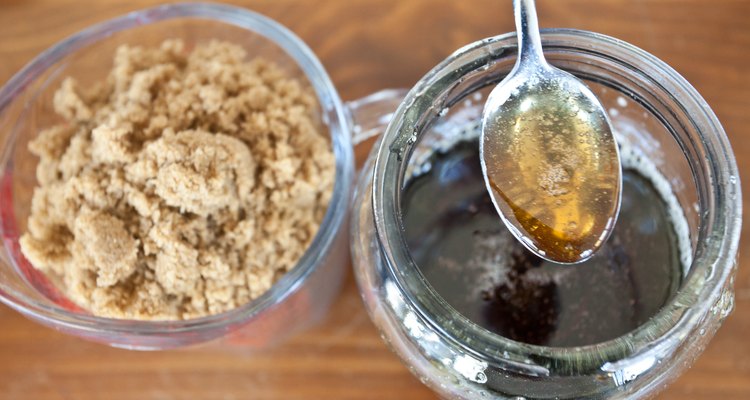
Some recipes call for brown sugar, rather than white sugar, and rely on its distinctive taste for part of their flavor. In those recipes, substitute golden or amber agave -- which has a pleasantly mild caramel flavor -- instead of pale nectar. The same ratio, 2/3 cup of agave for every cup of packed brown sugar, applies. If your recipe depends heavily on the faint molasses flavor imparted by brown sugar, add a spoonful of light table molasses to your agave before mixing it into the recipe. This will give your finished goods their accustomed flavor.
The Outcome
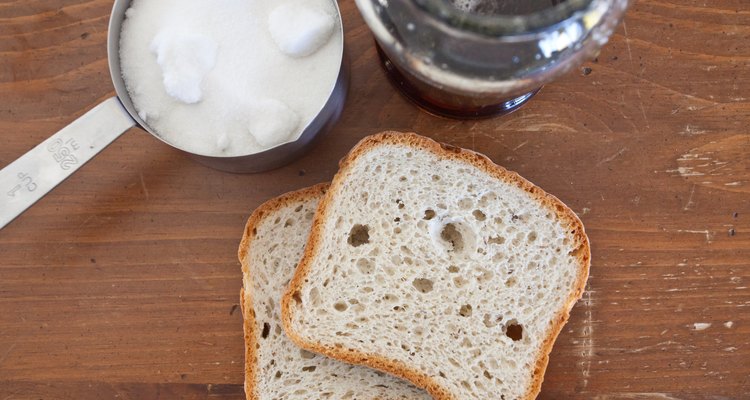
Granular sugar gives baked goods some of their structure and crumb -- especially in recipes that begin with creaming the butter -- so your finished goods will usually be slightly denser when you use agave. It's best in muffins, quickbreads and other recipes that already have a dense, moist texture, though you can also use it successfully in other baked goods. Cookies, for example, will be soft and cake-like rather than crisp but will still taste good.
Non-Baking Substitutions

Although baking is a common use for agave, it can be substituted for sugar at the same ratio -- 2/3 cup to 1 cup -- in other uses. As a liquid, it's superior to sugar as a quick-mixing sweetener in lemonade, cocktails, dessert sauces and similar preparations. It can also be used in the packing syrup you pour over your home-canned fruits, with no appreciable difference in their taste or quality. Candy-making is more problematic, because agave nectar doesn't crystallize as regular sugar does. Worse, it burns at the temperatures used to create pleasantly caramelized flavors in conventional sugar.
Related Articles
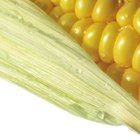
How to Substitute Light Corn Syrup in a ...
What Can I Use As a Sugar Substitute ...
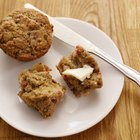
How to Bake With Erythritol

What Works With Baking Soda Besides ...
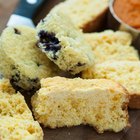
How to Substitute Pumpkin for Oil

What Can I Substitute for Malt Extract?
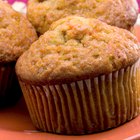
Substitute for Manioc Starch

What Is Agave Syrup?

How to Substitute Applesauce for Oil in ...
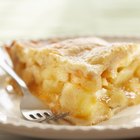
What Can I Substitute for Cornstarch?

Presweetened Cocoa Powder Substitute

How to Cook With Applesauce Instead of ...

How to Substitute Splenda for Sugar

What Does Adding Applesauce to Cake Mix ...

Does High Altitude Make a Difference ...
Can You Make Candy Using Honey Instead ...

How to Replace Butter With Banana in ...

Can You Color Boiled Icing?
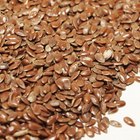
How to Bake With Flax Seed
How to Substitute Applesauce for Butter ...
References
Writer Bio
Fred Decker is a trained chef and prolific freelance writer. In previous careers, he sold insurance and mutual funds, and was a longtime retailer. He was educated at Memorial University of Newfoundland and the Northern Alberta Institute of Technology. His articles have appeared on numerous home and garden sites including GoneOutdoors, TheNest and eHow.
Photo Credits
Laura Beth Drilling/Demand Media